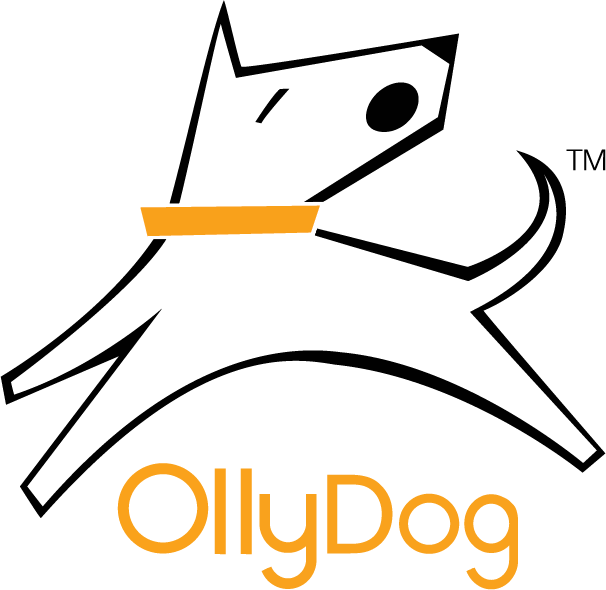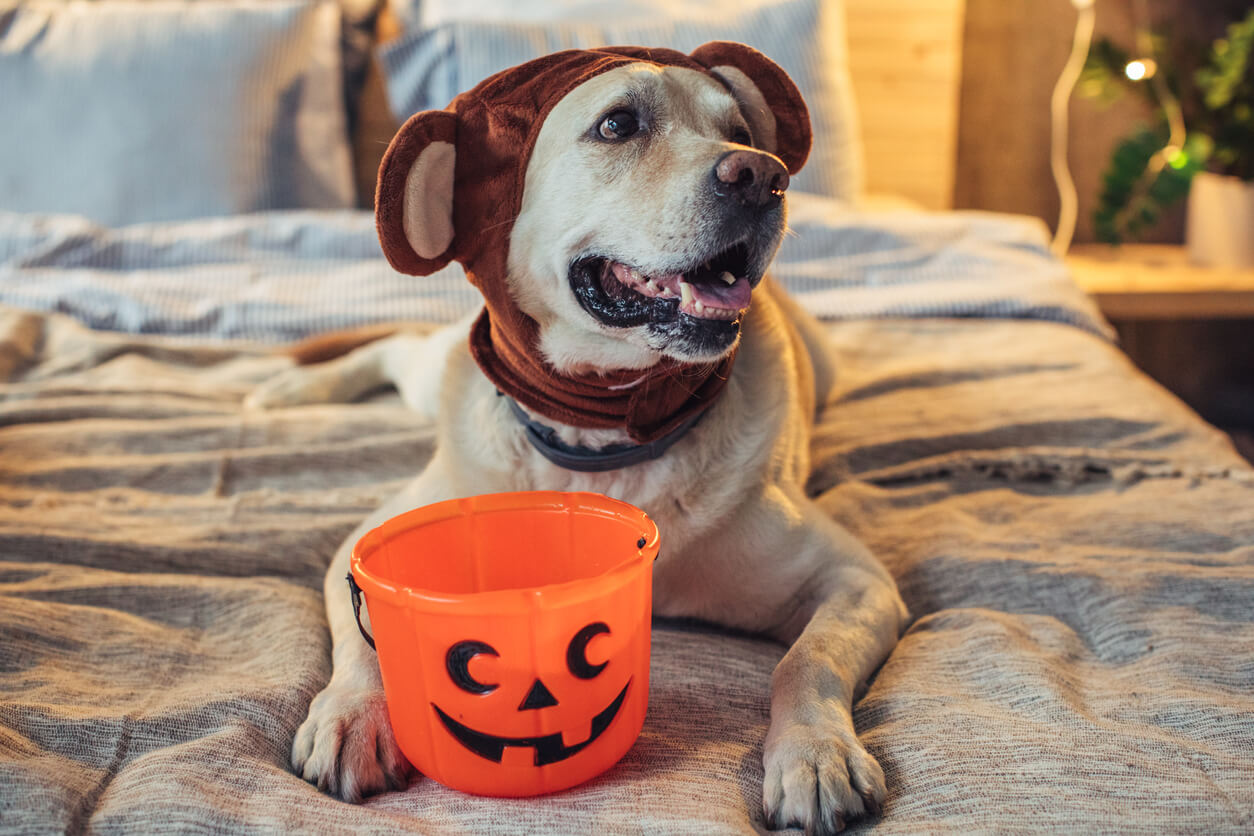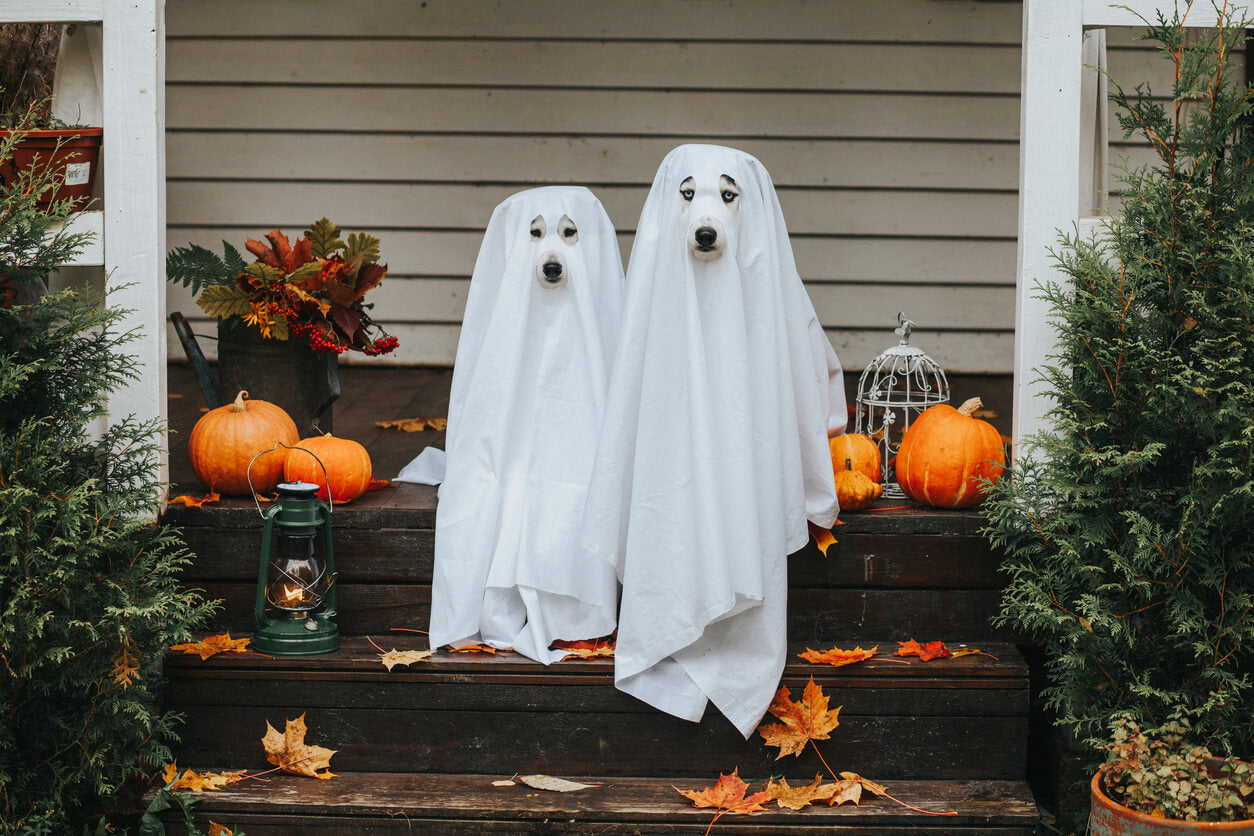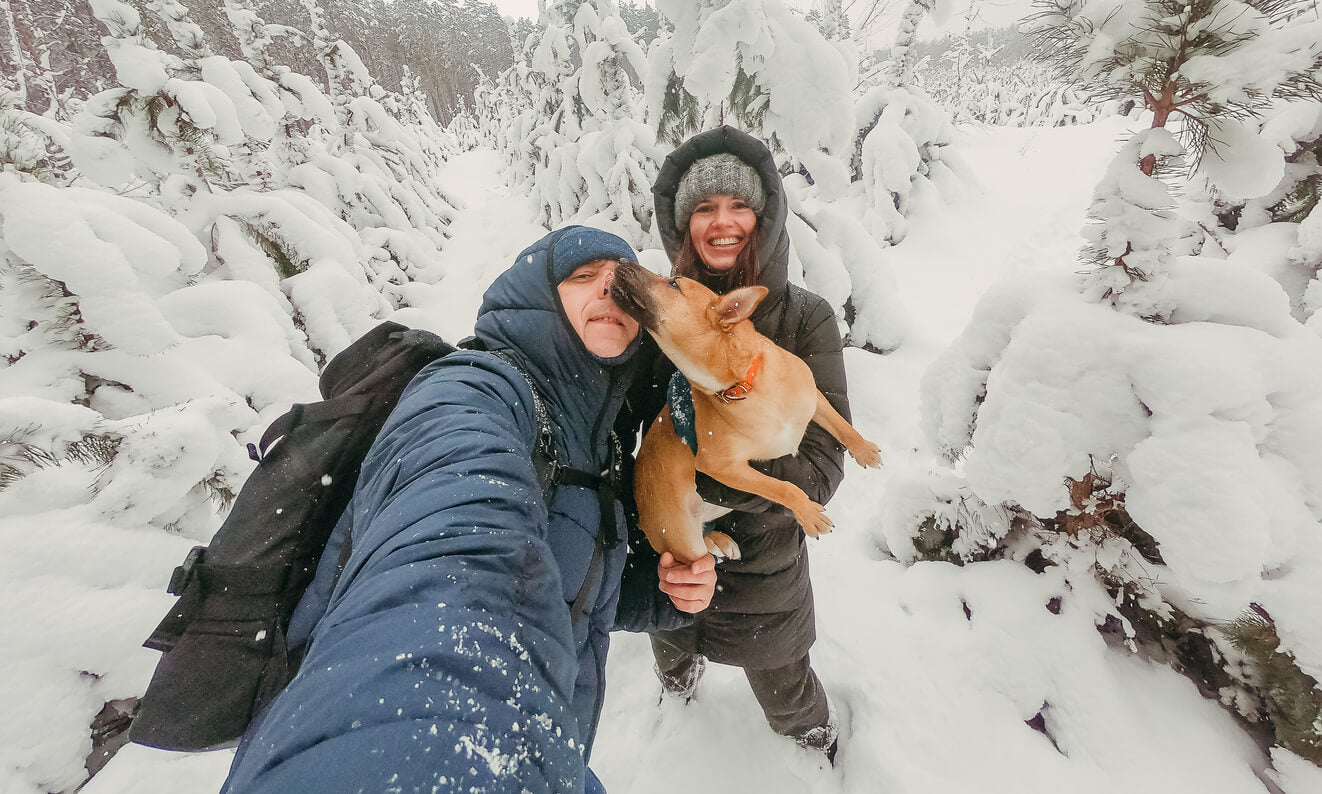Halloween is almost here, which means a lot more treats, candy, and chocolate around your house. Many of those treats can be bad news for your dog’s health — in some cases, even deadly.
It’s important to keep a close eye on your pets this time of year so they don’t get into any candy that could hurt them — especially chocolate.
Beyond Halloween, there are foods that can be bad or even poisonous for your dog. While some of those foods may only cause indigestion, others could require emergency care.
Here are 7 harmful foods for dogs, and what to do if they eat them.
1. Chocolate
While chocolate is (arguably) the perfect human treat, it’s poisonous for dogs. Chocolate contains theobromine, which is similar to caffeine. This stimulant not only affects your pets’ digestion and metabolism, but can cause nervous system damage like disorientation, dizziness, nausea, seizures, and loss of limb use.
The purer the chocolate, the more dangerous it is for your furry friend. Unsweetened baking chocolate, raw cocoa, and 80% (or higher) chocolate are the most dangerous because they are highest in theobromine. But milk chocolate can also contain high levels.
In small amounts, chocolate can cause diarrhea, vomiting, low energy, and lack of coordination in your dog. A large amount of chocolate can cause rapid breathing, abrupt and serious heart problems, seizures, and even death.
What to Do if Your Dog Eats Chocolate
If your dog eats chocolate, don’t wait to get them care right away. Chocolate is one of the worst things to feed your dog.
Contact the nearest Vet or a Pet Poison hotline immediately for advice. Be prepared to make a trip to the nearest open clinic.
This chocolate toxicity calculator is a limited but helpful tool.
The weight and size of the dog will determine the vet’s course of action. A mastiff will have a slower and (likely) more mild reaction to a bar of chocolate than a chihuahua, but your urgency as a pet owner should still be the same.
Make sure to document the type of chocolate, how much your dog ate, and when it happened. Keep the wrappers to bring to the vet. This information will help medical staff decide how to give your dog the care they need.
2. Grapes and Raisins
Grapes and raisins are canine kryptonite. In worst cases, they can cause kidney failure within only a few days after your dog eats them.
We still don’t know what makes this fruit harmful for dogs, but current evidence suggests the combination of tartaric acid and potassium bitartrate — or, naturally occurring Cream of Tartar — is the culprit.
Cream of Tartar is a key ingredient in homemade playdough, many baked goods, and naturally appears in the Tamarind fruit. So keep these away from your dog, too.
In the first 24 hours after eating raisins or grapes, your dog’s symptoms may be mild: they may be lethargic, disinterested in food, and suffer from diarrhea or vomiting.
But within 48 hours, acute kidney failure can happen quickly. Your dog may experience nausea, ammonia breath, excessive thirst and urination, and a blood pressure spike if their kidneys begin to fail.
What to Do if Your Dog Eats Raisins or Grapes
Time is of the essence when it comes to getting your dog care after eating a grape or raisin, since this is a deadly food for dogs.
Call your vet or Pet Poison hotline and pack your bag, and get your dog to the vet emergency room ASAP.
The vet will likely administer activated charcoal to absorb toxins from your dog’s body. In most cases, dogs are hospitalized and put on fluids for up to 48 hours, given blood work to monitor kidney function, and supervised closely.
The sooner your dog can be assessed, the better they will do — and the less it will cost.
3. Xylitol
Sneaky xylitol, also known as wood sugar, is in a lot different foods your canine companion may love. From peanut butter to yogurt, chewing gum to cereal, baked goods to sauces.
It’s one of several sugar alcohols now heavily used because it has fewer calories (9 calories) than sugar (16 calories) per gram.
Xylitol is something your dog shouldn’t eat. When your dog eats food with xylitol, their body absorbs it quickly. This can trigger a dump of insulin from the dog’s pancreas, resulting in hypoglycemia, a rapid and dangerous dip in blood sugar level.
Without treatment, sudden low blood sugar can be life-threatening to your pup.
Dogs tend to become sick abruptly, and without prior symptoms. Mild Xylitol intoxication can look like lethargy, vomiting, lack of coordination, and collapse within 5-24 hours. Severe intoxication can lead to seizures and liver failure within 48 hours.
What to Do if Your Dog Eats Xylitol
Just like chocolate, grapes, and raisins, don’t wait to get your dog care. Call the nearest open vet hospital and let them know you’re on the way.
Document what food your dog consumed that may have xylitol. Take a picture of the ingredients/item to confirm the potential presence of xylitol with your vet, how much they ate, and when.
4. Macadamia Nuts
Macadamia nuts are at the top of the no-no list for Fido this fall. Unlike humans or cats, dogs are exclusively sensitive to them.
Science is inconclusive about what makes them toxic to dogs, but the negative health effects are well-known by vets. Only a small amount of macadamia nuts can cause weakness in your dog’s hind legs, muscle tremors, diarrhea, vomiting, and high temperature.
Because these nuts often are mixed with other off-limits ingredients for dogs — like raisins and chocolate in a trail mix — it’s best to keep them out of reach. Keep the jar up high if you’re baking any fall cookies with macadamias this season!
What to Do if Your Dog Eats Macadamia Nuts
In many cases, if your dog eats macadamia nuts, a vet visit may not be necessary. Supervise your pet closely over the next 48 hours for any unusual behavior.
But contact a vet or pet hospital immediately if your dog is showing any significant symptoms.
Keep in mind macadamia nuts are often mixed with other ingredients that could be poisonous to dogs, which increases the chance of overlapping toxicity. Act fast if you notice any symptoms — it’s always better to be safe than sorry.
5. Garlic, Onion, Leeks, and Chives
The Allium family — garlic, onion, leeks, and chives — are bad news for pups. These vegetables contain thiosulfate, a toxic substance to our furry best friends.
These ingredients can be hard on a dog’s digestion whether dried, powdered, raw, or cooked, so stay vigilant about any human food you are sharing with your pet. Think twice before letting them lick that bowl if the dish was full of onion and garlic.
If eaten in small amounts, your dog may lose their appetite, stop drinking or eating, pant more than usual, or become restless and lethargic. However, it can take several days for full toxicity to become apparent.
Thiosulfate damages red blood cells, which can lead to anemia. If large amounts of these Allium plants are consumed, watch for any signs of jaundice like dark colored urine, pale gums, or collapse.
What to Do if They Eat Garlic, Onion, Leeks, or Chives
The good news is garlic and onion poisoning is rarely fatal in dogs. Most dogs will not require a trip to the vet.
But it’s crucial to keep a close eye on them in case symptoms worsen. Because signs of poisoning can be delayed, you’ll want to monitor your dog for 2-3 days after. Update the emergency vet number just in case.
Some breeds (like Shiba Inus) tend to be more sensitive to the allium family. Keep the focus on your dog’s comfort: monitor their behavior, keep the water bowl full, and encourage them to eat.
6. Yeast
Love to bake bread? Before your dog tries a sample, make sure the ciabatta is baked and pizza dough is out of reach.
Yeast is a toxic food for dogs. Uncooked bread dough with yeast is a real health hazard for our dogs, as the warm environment of the dog’s stomach acts like an oven. It causes the raw bread dough to continue to rise within their body, leading to severe swelling and intense abdominal pain.
As it grows in size, the raw dough can twist the stomach and intestine, called Gastric Dilation-Volvulus (GDV). GDV is a serious and even fatal emergency, especially if not treated early.
If yeast ferments the sugars of the dough, it produces ethanol. Ethanol is very poisonous to dogs. It absorbs rapidly into their bloodstream and can cause alcohol poisoning. This can severely damage their liver, brain function, and central nervous system.
Mild intoxication can manifest as constipation, lethargy, disorientation, trouble breathing, and a firm-to-touch stomach. Severe intoxication can include excessive drooling, vomiting with no results, and weakness.
What to Do if Your Dog Eats Yeast
Just like many of the foods above, it’s best not to wait to get your dog care. There is a short timeline of 24-48 hours before more serious symptoms may begin to show.
If your dog is already showing symptoms of bloat or GDV, this is an emergency. As soon as you know your dog has consumed yeast or raw dough, it’s time to go to the Vet. Call the nearest clinic and warm up the car.
7. Avocados
No matter how much your dog begs, selfishly enjoy your avocado toast alone. Dogs should avoid it.
Avocados naturally have a fungi-based toxin called persin in their seeds, shell, and leaves. Persin can cause serious health problems in animals of all sizes, including horses, birds, and rodents.
Fortunately, dogs are generally resistant to the worst symptoms. While most dogs will digest the fruit of the avocado with little to no symptoms, they can still experience indigestion, bloating, vomiting and diarrhea.
For dogs that will eat anything, avocado pits can case intestinal blockages and pose a significant choking hazard.
What to Do if They Eat Avocado
Take a breath: your dog may not need to see a vet if they eat some avocado.
Keep a close eye on them and make sure they’re drinking water, going to the bathroom, and moving through the same routine. If symptoms worsen or persist longer than 48 hours, call a Pet Emergency Hotline or reach out to your vet.
Have a Dog-Safe Halloween!
In general, if your dog eats any foods from the above list and/or is showing any concerning symptoms, call a pet poison helpline.
Don’t induce vomiting or try any at-home remedies. Household items like salt and hydrogen peroxide can make the situation worse by causing lesions, windpipe damage, further choking hazard, and additional overlapping toxicity symptoms.
When in doubt, make sure your dog gets the care they need. Head to your nearest emergency vet.
Healthy Halloween Treats for Your Dog

Luckily, there are many other tasty treats your dog can enjoy this Halloween!
On a night full of human food indulgences, your BFF deserves a show-stopping costume, a long walk around the neighborhood howling at the moon, and a few too many (dog-friendly) treats.
With a close eye on what they eat, you can make sure those treats are mindful, safe, and healthy.
You could treat them with the same old kibble, rawhide, or locally-made snack. But it’s a holiday — why not make your special furry friend some tasty homemade treats?
Use this easy, fast, dog-approved recipe for Halloween now >




Leave a comment
All comments are moderated before being published.
This site is protected by hCaptcha and the hCaptcha Privacy Policy and Terms of Service apply.